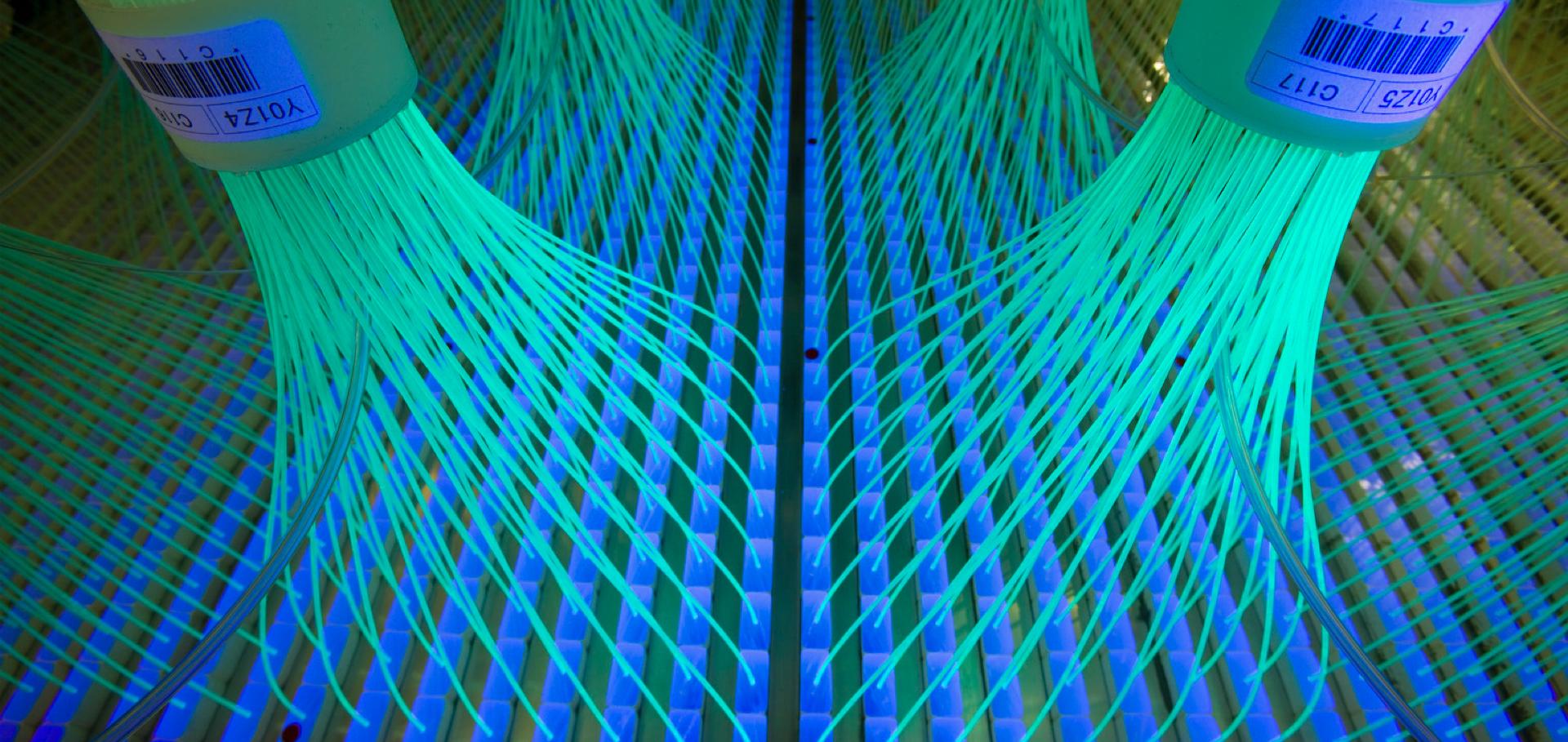Upper bound on neutrino mass based on T2K neutrino timing measurements
Abstract:
The Tokai to Kamioka (T2K) long-baseline neutrino experiment consists of a muon neutrino beam, produced at the J-PARC accelerator, a near detector complex and a large 295-km-distant far detector. The present work utilizes the T2K event timing measurements at the near and far detectors to study neutrino time of flight as a function of derived neutrino energy. Under the assumption of a relativistic relation between energy and time of flight, constraints on the neutrino rest mass can be derived. The sub-GeV neutrino beam in conjunction with timing precision of order tens of ns provide sensitivity to neutrino mass in the few MeV/c2 range. We study the distribution of relative arrival times of muon and electron neutrino candidate events at the T2K far detector as a function of neutrino energy. The 90% C.L. upper limit on the mixture of neutrino mass eigenstates represented in the data sample is found to be m2ν<5.6 MeV2/c4.Testing CCQE and 2p2h models in the NEUT neutrino interaction generator with published datasets from the MiniBooNE and MINERvA experiments
Measurement of nuclear effects in neutrino interactions with minimal dependence on neutrino energy
Measurement of the νμ charged-current quasielastic cross section on carbon with the ND280 detector at T2K
Abstract:
This paper reports a measurement by the T2K experiment of the ν μ charged current quasielastic (CCQE) cross section on a carbon target with the off-axis detector based on the observed distribution of muon momentum ( p μ ) and angle with respect to the incident neutrino beam ( θ μ ). The flux-integrated CCQE cross section was measured to be ⟨ σ ⟩ = ( 0.83 ± 0.12 ) × 10 − 38 cm 2 . The energy dependence of the CCQE cross section is also reported. The axial mass, M QE A , of the dipole axial form factor was extracted assuming the Smith-Moniz CCQE model with a relativistic Fermi gas nuclear model. Using the absolute (shape-only) p μ − cos θ μ distribution, the effective M QE A parameter was measured to be 1.2 6 + 0.21 − 0.18 GeV / c 2 ( 1.4 3 + 0.28 − 0.22 GeV / c 2 ).


